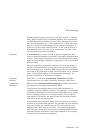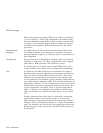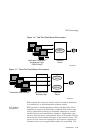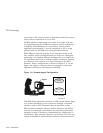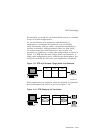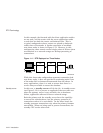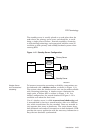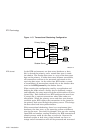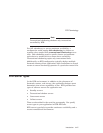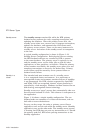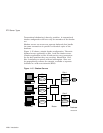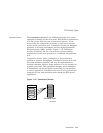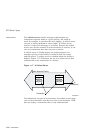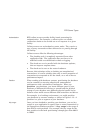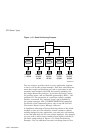
RTR Terminology
Note
Transactional shadowing shadows only transactions
controlled by RTR.
For full redundancy to assure maximum availability, a
configuration could employ disk shadowing in clusters at
separate sites coupled with transactional shadowing across
sites. Disk shadowing used in specific cluster environments
copies data to another disk to ensure data availability.
Transactional shadowing copies only transactional data.
Additionally, an RTR configuration typically deploys multiple
frontends running client applications with connections to several
routers to ensure continuing operation if a particular router fails.
RTR Server Types
In the RTR environment, in addition to the placement of
frontends, routers, and servers, the application designer must
determine what server capabilities to use. RTR provides four
types of software servers for application use:
• Standby servers
• Transactional shadow servers
• Concurrent servers
• Callout servers
These are described in the next few paragraphs. You specify
server types to your application in RTR API calls.
RTR server types help to provide continuous availability and a
secure transactional environment.
Introduction 1–17



